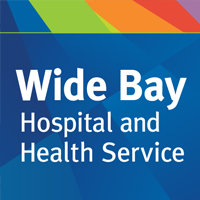Specialists
About Us
The two main types of PORT and PICC lines and each require care.
A PICC line is put into a large vein in the arm by a specially trained nurse. The insertion doesn’t require surgery. Once the PICC is in place, the catheter tube will stick out of your skin. These are known as “tails” or lumens, and you may have more than one.
A port is a small drum made of plastic or metal with a rubber-like seal across the top. A thin tube, the line, goes from the drum into the vein. Ports are inserted under the skin in your chest or upper arm, usually by a surgeon or radiologist. After the port is put in place, you may only notice a small bump. There won’t be a catheter tail outside of the body. When it’s time for the port to be used, your skin will be numbed with a cream and a special needle will be inserted through the skin into the rubber seal. (This is called accessing the port.)
Although PICC lines and ports have the same purpose, there are a few differences between them:
- PICC lines can stay in for several weeks or months. Ports can stay in as long as you need treatment, up to several years.
- PICC lines require daily special cleaning and flushing. There’s less to care for with ports since they’re under the skin. Ports also need to be flushed about once a month to prevent clotting.
- PICC lines shouldn’t be allowed to get wet. You’ll need to cover it with waterproof material when you bathe, and you won’t be able to go swimming. With a port, you can bathe and swim once the area has completely healed.
Upcoming Events at PORT/PICC Care
Quick Facts About The Region
Extra Information
Age Ranges All ages
Tags
Port/PICC Care


